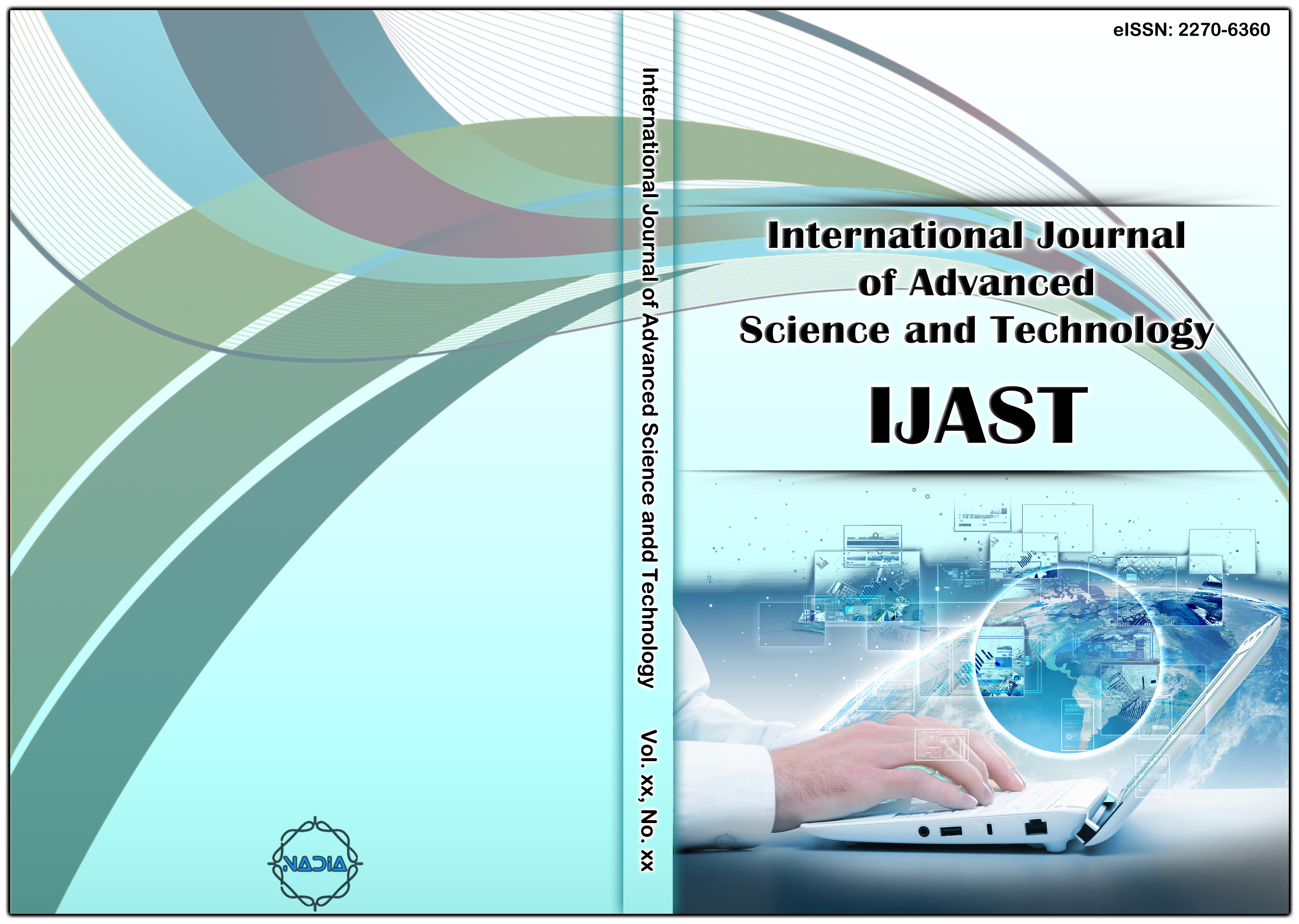[1] Buyya, R., Broberg, J., and Goscinski, A., "Cloud Computing: Principles and Paradigms", vol. 87, John Wiley & Sons, 2010.
[2] Gupta, I. and Singh, A. K., "An Integrated Approach for Data Leaker Detection in Cloud Environment", Journal of Information Science and Engineering, 2019.
[3] Gupta, I. and Singh, A. K., "A Confidentiality Preserving Data Leaker Detection Model for Secure Sharing of Cloud Data using Integrated Techniques", 7th International Conference on Smart Computing and Communication Systems (ICSCC), IEEE, Sarawak, Malaysia, pp. 1-5, 2019.
[4] Forbes, "State of Enterprise Cloud Computing 2018", [online] Available: https://www.forbes.com/sites/louiscolumbus/2018/08/30/state-of-enterprise-cloud-computing-2018/#2e5312c2265e, August, 2018.
[5] Cheng, L., Liu, F., and Yao, D., "Enterprise Data Breach: Causes, Challenges, Prevention, and Future Directions", WIREs Data Mining and Knowledge Discovery, vol. 7, pp. 1-14, September/October 2017.
[6] Shu, X., Yao, D., and Bertino, E., "Privacy-Preserving Detection of Sensitive Data Exposure", IEEE Transactions on Information Forensics and Security, vol. 10, no. 5, pp. 1092-1103, May 2015.
[7] Shu, X., Zhang, J., Yao, D., and Feng, W.-C., "Fast Detection of Transformed Data Leaks", IEEE Transactions on Information Forensics and Security, vol. 11, no. 3, pp. 528-542, March 2016.
[8] Kaur, K., Gupta, I., and Singh, A. K., "A Comparative Study of the Approach Provided for Preventing the Data Leakage", International Journal of Network Security & its Applications (IJNSA), vol. 9, no. 5, pp. 21-33, September 2017.
[9] Breach Level Index, "A Global Database of Public Data Breaches", [online] Available: https://www.gemalto.com/press/pages/data-breaches-compromised-4-5-billion-records-in-first-half-of-2018.aspx, October, 2018.
[10] Shehab, M., Bertino, E., and Ghafoor, A., "Watermarking Relational Databases using Optimization-Based Techniques", IEEE Transactions on Knowledge and Data Engineering, vol. 20, no. 1, pp. 116-129, 2008.
[11] Backes, M., Grimm, N., and Kate, A., "Data Lineage in Malicious Environments", IEEE Transactions on Dependable and Secure Computing, vol. 13, no. 2, pp. 178-191, March/April 2016.
[12] Guo, Y., Au, O. C., Wang, R., Fang, L., and Cao, X., "Halftone Image Watermarking by Content Aware Double-Sided Embedding Error Diffusion", IEEE Transactions on Image Processing, vol. 27, no. 7, pp. 3387-3402, 2018.
[13] Mareen, H., Praeter, J. De, Wallendael, G. Van, and Lambert, P., "A Novel Video Watermarking Approach Based on Implicit Distortions", IEEE Transactions on Consumer Electronics, vol. 64, no. 3, pp. 250-258, August 2018.
[14] Liu, Z., Huang, Y., and Huang, J., "Patchwork-Based Audio Watermarking Robust Against De-synchronization and Recapturing Attacks", IEEE Transactions on Information Forensics and Security, vol. 14, no. 5, pp. 1171-1180, May 2019.
[15] Hu, D., Zhao, D., and Zheng, S., "A New Robust Approach for Reversible Database Watermarking with Distortion Control", IEEE Transactions on Knowledge and Data Engineering, vol. 31, no. 6, pp. 1024-1037, June 2019.
[16] Papadimitriou, P. and Garcia-Molina, H., "Data Leakage Detection", IEEE Transactions on Knowledge and Data Engineering, vol. 23, no. 1, pp. 51-63, January 2011.
[17] Gupta, I. and Singh, A. K., "A Probability Based Model for Data Leakage Detection using Bigraph", 7th International Conference on Communication and Network Security (ICCNS-2017), ACM, Tokyo, Japan, 2017.
[18] Gupta, I. and Singh, A. K., "A Probabilistic Approach for Guilty Agent Detection using Bigraph after Distribution of Sample Data", Procedia Computer Science, vol. 125, pp. 662-668, 2018.
[19] Gupta, I., and Singh, A. K., "Dynamic Threshold based Information Leaker Identification Scheme", Information Processing Letters, vol. 147, pp. 69-73, 2019.
[20] Gupta, I., Singh, N., and Singh, A. K., "Layer-based Privacy and Security Architecture for Cloud Data Sharing", Journal of Communication Software and Systems (JCOMSS), vol. 15, no. 2, pp. 173-185, 2019.
